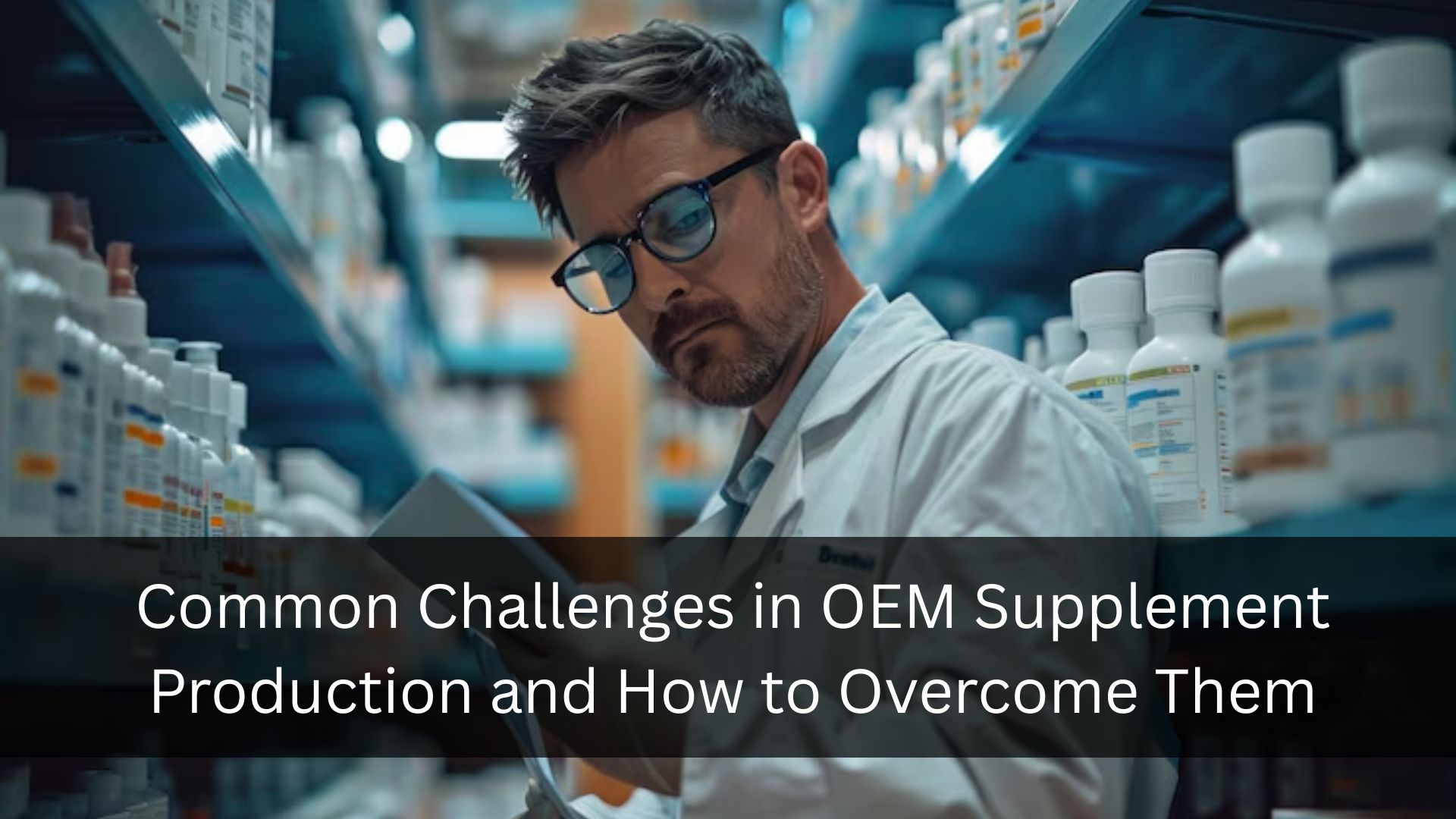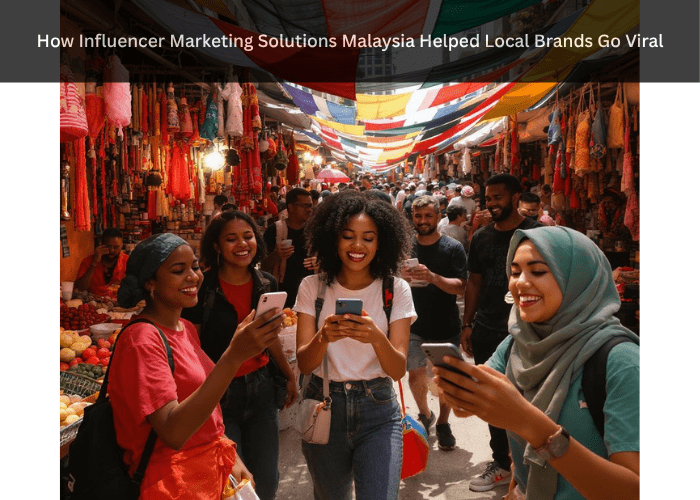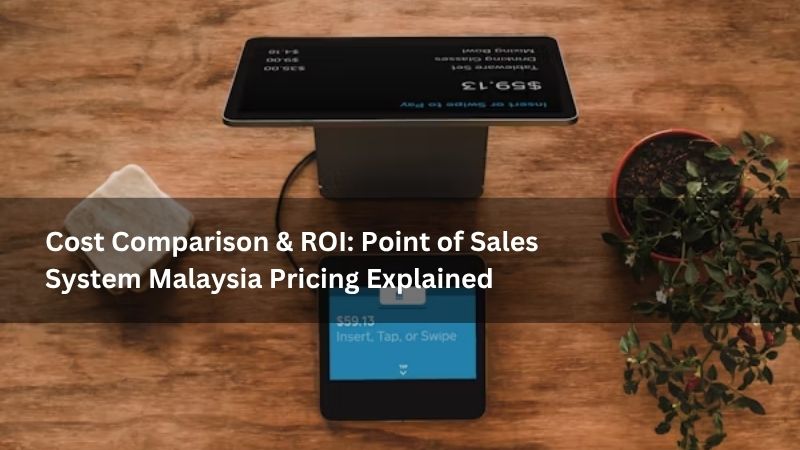OEM Supplement Formulation Challenges and Solutions
Developing a custom OEM supplement formula often involves balancing innovation, cost, taste, stability, and compliance. Many brands face hurdles when trying to bring a unique idea to life.
Common Formulation Challenges:
- Ingredient interactions that affect product stability or bioavailability
- Sourcing issues with rare or premium raw materials
- Dosage limits imposed by regional regulations
- Flavor or texture problems, especially in powders or gummies
- Ingredient interactions that affect product stability or bioavailability
- Lack of scientific support for desired claims
How to Overcome:
- Work with experienced R&D teams: Choose an OEM partner with a strong formulation department that understands both nutritional science and regulatory compliance.
- Request small-scale trials: Before full production, conduct pilot batches to test solubility, taste, and stability.
- Use clinically backed ingredients: Opt for well-researched compounds to improve efficacy and claim substantiation.
- Be open to adaptation: If a formulation isn’t feasible, collaborate with your manufacturer to find suitable alternatives.
Early collaboration and flexibility are key to developing a safe, effective, and market-ready OEM supplement formula.
OEM Supplement Regulatory and Compliance Barriers
Navigating the complex world of supplement regulation is one of the biggest challenges in OEM supplement production, especially for brands planning international distribution.
Common Compliance Issues:
- Varying ingredient approval lists across regions (e.g., EU vs. USA)
- Limits on daily dosages of vitamins, minerals, or herbs
- Restrictions on health claims and marketing language
- Requirements for product labeling and nutritional facts
- Varying ingredient approval lists across regions (e.g., EU vs. USA)
- Certification needs (e.g., Halal, Organic, GMP)
How to Overcome:
- Choose an OEM partner with global regulatory experience: A seasoned manufacturer can guide you through labeling rules, ingredient restrictions, and certifications.
- Request documentation early: Ensure your supplier provides Certificates of Analysis (COAs), Material Safety Data Sheets (MSDS), and relevant export documents.
- Invest in legal review: Before launching, have your product label and claims reviewed by a regulatory consultant familiar with your target markets.
Compliance may seem complex, but the right support makes navigating regulations manageable and ensures your OEM supplement stays on the right side of the law.
OEM Supplement Quality Control and Consistency Issues
Maintaining consistent quality is essential in the supplement industry. Customers expect safety, purity, and potency in every batch, and any deviation can lead to negative reviews, recalls, or lost trust.
Common Quality Concerns:
- Variability in raw material quality from suppliers
- Inconsistent active ingredient concentrations
- Contamination risks from allergens or microbes
- Poor capsule integrity or shelf-life issues
- Variability in raw material quality from suppliers
- Lack of proper batch testing or tracking systems
How to Overcome:
- Audit your OEM facility: Request a virtual or in-person tour to confirm GMP certifications and hygiene protocols.
- Insist on third-party testing: Use independent labs to verify product claims and identify contaminants.
- Use standardized extracts: These ensure consistent levels of active compounds.
- Monitor retention samples: Store samples from each batch for post-market testing and traceability.
A reliable OEM supplement manufacturer should have robust SOPs for QC at every stage—from raw material intake to final product release.
OEM Supplement Packaging and Labeling Delays
Packaging and labeling are more than cosmetic—they’re critical for compliance, shelf appeal, and protection. Yet, many brands face delays or errors in this area during OEM supplement production.
Common Packaging Challenges:
- Long lead times for custom bottle molds or label printing
- Errors in label text, barcode, or supplement facts
- Compatibility issues between packaging and supplement form (e.g., moisture-sensitive capsules in non-airtight containers)
- Long lead times for custom bottle molds or label printing
- Sustainability goals not matching available options
How to Overcome:
- Start packaging design early: While your formulation is being developed, finalize packaging specs to avoid timeline bottlenecks.
- Use digital proofs and mock-ups to check for errors before printing.
- Ask your OEM for eco-friendly options: Many manufacturers now offer biodegradable, recyclable, or refillable solutions.
- Request compatibility testing: Make sure your packaging won’t compromise product integrity.
Timely and accurate packaging is essential for smooth product launches and ongoing inventory management.
OEM Supplement Production Scalability and Flexibility
One of the main reasons to choose OEM supplement manufacturing is scalability. But when demand increases rapidly, not all manufacturers are ready to grow with you.
Common Scalability Issues:
- Production capacity limits leading to missed deadlines
- Long lead times for ingredient reorders
- Inability to shift between batch sizes or product lines
- Production capacity limits leading to missed deadlines
- Poor communication during volume fluctuations
How to Overcome:
- Discuss scalability during onboarding: Ask your OEM supplement manufacturer about their maximum capacity and turnaround times before signing contracts.
- Use demand forecasting: Work with your sales and logistics team to predict future needs and adjust purchase orders accordingly.
- Choose a manufacturer with flexible infrastructure: Partners with modular equipment or multi-shift operations can adapt more easily to growing demands.
When scaling up, clear communication and planning will ensure your OEM supplement operation grows smoothly.
OEM Supplement Supply Chain and Ingredient Availability
Supply chain disruptions are a global reality in 2025, and supplements are no exception. Delays in ingredient delivery, price fluctuations, or geopolitical restrictions can affect timelines and budgets.
Common Supply Chain Challenges:
- Shortages of in-demand ingredients (e.g., adaptogens, probiotics)
- Rising shipping costs or customs delays
- Limited access to high-quality or certified materials
- Shortages of in-demand ingredients (e.g., adaptogens, probiotics)
- Communication gaps with multiple third-party vendors
How to Overcome:
- Diversify ingredient sources: Work with OEMs that maintain a wide supplier network and have backups in place.
- Order in advance: Secure materials early, especially for seasonal products or bestsellers.
- Use supply-chain integrated OEMs: Manufacturers with in-house ingredient sourcing and logistics control tend to deliver better reliability.
Proactive planning with your OEM supplement partner ensures your production timeline stays intact—even when the global market shifts.
Communication and Expectation Gaps with OEM Supplement Partners
Poor communication is a root cause of many production issues in OEM supplement manufacturing. Misaligned expectations or delayed responses can impact everything from timelines to product quality.
Common Communication Challenges:
- Language barriers with overseas manufacturers
- Lack of real-time updates or progress reports
- Confusion over roles and responsibilities
- Language barriers with overseas manufacturers
- Delays in decision-making due to lack of clarity
How to Overcome:
- Establish a single point of contact: Assign a dedicated project manager or account lead from both sides.
- Use shared project management tools: Platforms like Trello, Monday.com, or Google Workspace can streamline communication.
- Set clear timelines and responsibilities: A written agreement or production calendar ensures all stakeholders stay on track.
- Schedule regular check-ins: Weekly or bi-weekly calls can catch issues early before they escalate.
Strong relationships are key to overcoming hurdles in OEM supplement manufacturing.
Conclusion: Turning OEM Supplement Challenges Into Growth Opportunities
Every business model has its challenges, and OEM supplement production is no exception. However, with the right strategy, manufacturer, and mindset, these obstacles can become stepping stones to long-term success.
By proactively addressing formulation complexity, compliance risks, packaging delays, scalability concerns, and communication gaps, brands can navigate the OEM landscape with confidence. More importantly, they can build health products that are not only safe and effective but also stand out in a crowded market.
In the end, the key to thriving in the OEM supplement space lies in preparation, collaboration, and continuous improvement. With these pillars in place, your brand can move from concept to customer with speed, quality, and impact.









